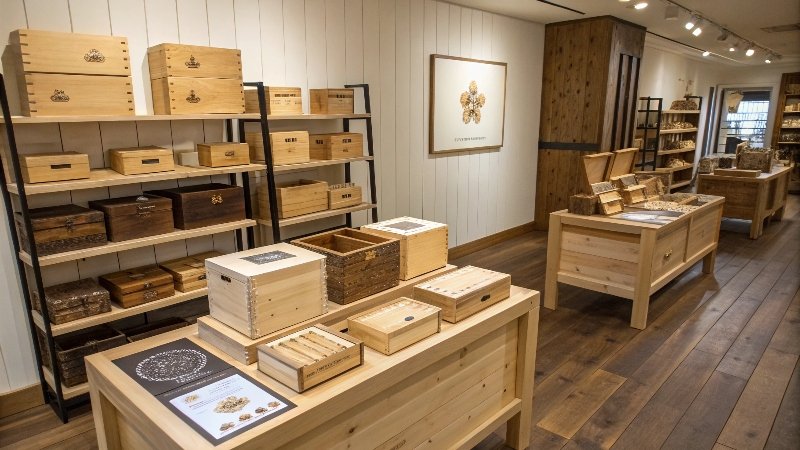
Picking the wrong wood for custom wooden boxes can lead to warping, cracking, or a disappointing finish. With so many options available, how do you make the best choice?
The best wood for custom boxes depends on durability, cost, aesthetics, and purpose. Solid wood, MDF, and veneer each have unique pros and cons.
Let’s break down the different wood options, their impact on cost and durability, and how to assess quality to make the best choice.
What Types of Wood Are Commonly Used for High-End Wooden Boxes?

The most commonly used woods for premium wooden boxes fall into three categories: solid wood1, MDF, and veneer. Each has its own strengths and weaknesses.
1. Solid Wood
Solid wood is the most durable and luxurious option. It comes directly from tree logs, making it strong, long-lasting, and visually appealing.
| Wood Type | Color & Grain | Strength | Best For |
|---|---|---|---|
| Walnut | Dark brown, straight grain | High | Luxury packaging, premium gift boxes |
| Cherry | Reddish-brown, smooth | Medium-high | Jewelry boxes, decorative pieces |
| Mahogany | Deep reddish-brown, fine grain | High | Classic, antique-style boxes |
| Oak | Light to medium brown, strong grain | Very High | Heavy-duty storage boxes |
| Pine | Pale yellow, soft | Low | Budget-friendly, lightweight boxes |
2. Medium-Density Fiberboard (MDF)2
MDF is an engineered wood made from wood fibers, wax, and resin. It’s:
- Smooth and uniform – Ideal for painting and laminating.
- Affordable – Cheaper than solid wood.
- Less durable – Prone to water damage and breakage under pressure.
3. Veneer Wood
Veneer is a thin layer of real wood applied to MDF or plywood, offering:
- The look of solid wood without the high cost.
- More resistance to warping than solid wood.
- Lighter weight, making it easier to handle.
Solid wood provides the best durability and luxury, while MDF and veneer are budget-friendly options. Your choice should depend on the balance between appearance, cost, and durability.
How Do Different Types of Wood Affect Cost and Durability?
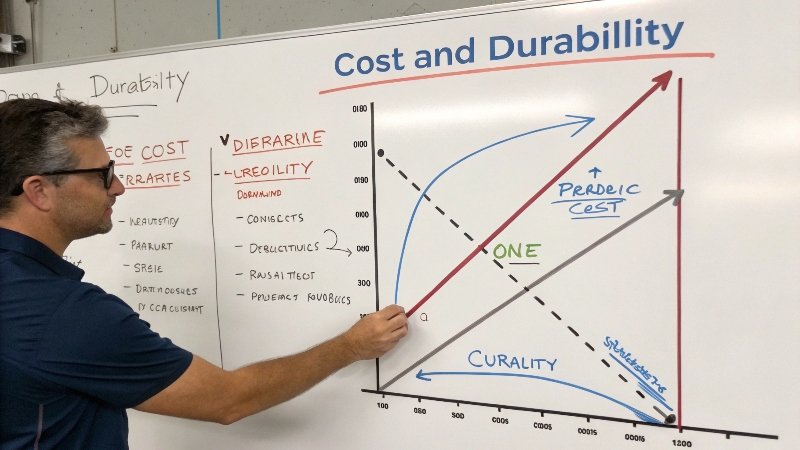
The type of wood you choose will impact both the cost3 and longevity of your wooden boxes.
| Wood Type | Durability | Cost | Water Resistance | Best Use |
|---|---|---|---|---|
| Walnut | High | High | Medium | Luxury boxes |
| Mahogany | Medium-High | Medium-High | High | Classic gift boxes |
| Cherry | High | Medium-High | Medium | Jewelry boxes |
| Oak | Very High | Medium | High | Heavy-duty boxes |
| Pine | Low | Low | Low | Budget packaging |
Key Considerations
- High-end brands often prefer walnut or cherry for their aesthetic appeal.
- For heavy-duty storage, oak is the best choice.
- For budget-friendly production, pine, MDF, or veneer works well.
Expensive hardwoods offer superior durability4, while MDF and softwoods are cost-effective but less durable. Choose based on your budget and durability needs.
How Can You Assess the Quality of Wood?
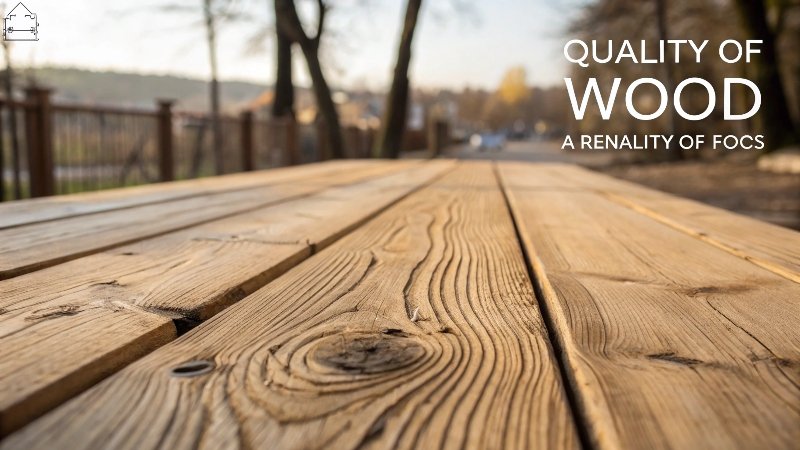
A beautiful custom wooden box starts with high-quality wood. Here’s how to evaluate your materials:
1. Density and Hardness
- Denser woods (e.g., oak, walnut) last longer and resist damage.
- Softer woods (e.g., pine) dent and scratch more easily.
- Use the Janka hardness scale5 to compare wood toughness.
2. Moisture Content
- Ideal moisture level: 6-8% to prevent warping and cracking.
- Kiln-dried wood is better than air-dried for stability.
- Use a moisture meter6 to check water content before production.
3. Grain and Appearance
- Tight, even grains indicate higher-quality wood.
- Knots and cracks can weaken the material.
- Matching grain patterns create a more refined final product.
4. Certifications and Sustainability
- FSC-certified wood7 ensures ethical sourcing.
- Low formaldehyde levels in MDF prevent harmful emissions.
High-quality wood should have a balanced density, proper moisture content, and minimal defects. Checking these factors ensures a long-lasting and visually appealing product.
How Does the Structure of a Wooden Box Impact Its Stability?
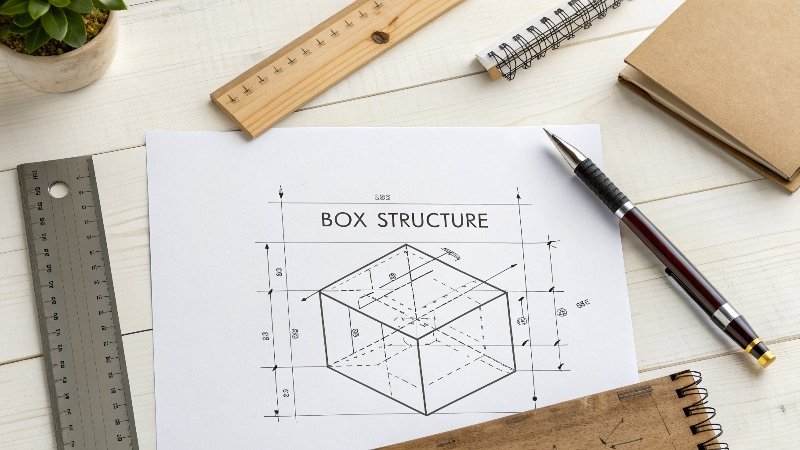
Even the best wood can fail if the box is poorly constructed. The joinery method8 greatly affects stability and durability.
1. Mortise and Tenon Joints9
- Traditional interlocking technique.
- Provides excellent strength without nails or screws.
- Used in high-end wooden boxes.
2. Dovetail Joints10
- Creates a strong mechanical bond.
- Resistant to pulling apart.
- Common in luxury jewelry and keepsake boxes.
3. Adhesive Bonding
- High-quality wood glue strengthens the joints.
- Used with other methods for extra durability.
The best wooden boxes use strong joinery techniques like dovetail or mortise-and-tenon joints for maximum durability.
Why Is Drying and Anti-Corrosion Treatment Necessary Before Processing Wood?
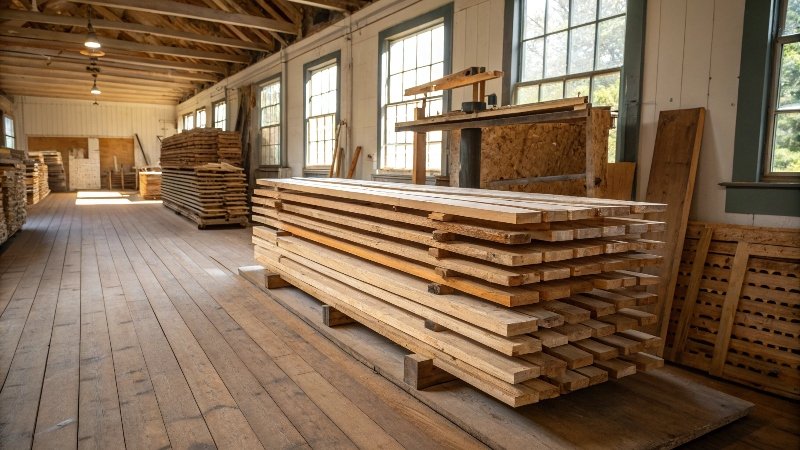
Wood must be properly treated before use to prevent warping, decay, and insect damage11.
1. Kiln Drying vs. Air Drying
- Kiln drying12 reduces moisture fast, preventing shrinkage.
- Air drying is slower but retains wood’s natural properties.
2. Anti-Corrosion and Pest Treatments
- Sealing protects against humidity.
- Insect-resistant coatings13 prevent damage from termites.
Proper drying and treatment ensure the wood remains stable and long-lasting.
How Can You Control Wood Moisture Levels to Prevent Cracking and Warping?

Moisture control is crucial for maintaining wooden box stability.
1. Proper Storage
- Keep wood in a climate-controlled environment14.
- Avoid sudden humidity changes15.
2. Acclimatization
- Let wood adjust to workshop conditions for at least 2 weeks before processing.
3. Protective Coatings16
- Varnish, wax, or sealants prevent moisture absorption.
Controlling moisture levels prevents common issues like cracking, shrinking, or swelling. Proper storage and sealing help maintain stability.
Conclusion
Choosing the best wood for custom wooden boxes depends on durability, aesthetics, cost, and joinery techniques.
- For luxury packaging, choose walnut, cherry, or mahogany.
- For durability, go for oak or solid hardwoods.
- For budget-friendly production, MDF and veneer are great alternatives.
A well-crafted wooden box isn’t just about the material—it’s about the structure, moisture control, and craftsmanship.
Brand Name: WoodoBox
Slogan: Custom Wooden Boxes, Crafted to Perfection
Website: www.woodobox.com
-
Explore the advantages of solid wood, including its durability and luxury appeal, to make an informed choice for your wooden box needs. ↩
-
Learn about MDF's properties and applications, which can help you decide if it's the right material for your project. ↩
-
Understanding wood costs helps you make informed decisions for your projects, ensuring you stay within budget while choosing the right material. ↩
-
Exploring wood durability factors can guide you in selecting materials that will last, saving you money and effort in the long run. ↩
-
Understanding the Janka hardness scale is crucial for evaluating wood durability and suitability for various projects. ↩
-
A moisture meter is essential for ensuring wood stability; learn how it functions to prevent warping and cracking. ↩
-
Exploring FSC certification helps you understand ethical sourcing and its impact on the environment and wood quality. ↩
-
Understanding joinery methods can help you choose the best construction techniques for durable wooden boxes. ↩
-
Explore how Mortise and Tenon Joints contribute to the strength and longevity of wooden boxes. ↩
-
Dovetail joints are essential for creating strong, durable boxes; learn more about their advantages in woodworking. ↩
-
Understanding these effects can help you appreciate the importance of proper wood treatment and preservation techniques. ↩
-
Exploring kiln drying will reveal its advantages in maintaining wood quality and preventing issues like shrinkage. ↩
-
Learning about these coatings can help you choose the best protection methods for your wood products. ↩
-
Understanding climate-controlled environments can help you maintain optimal wood moisture levels and prevent damage. ↩
-
Learn how sudden humidity changes can impact wood stability and how to mitigate these effects. ↩
-
Explore the best protective coatings to safeguard your wood from moisture and extend its lifespan. ↩





